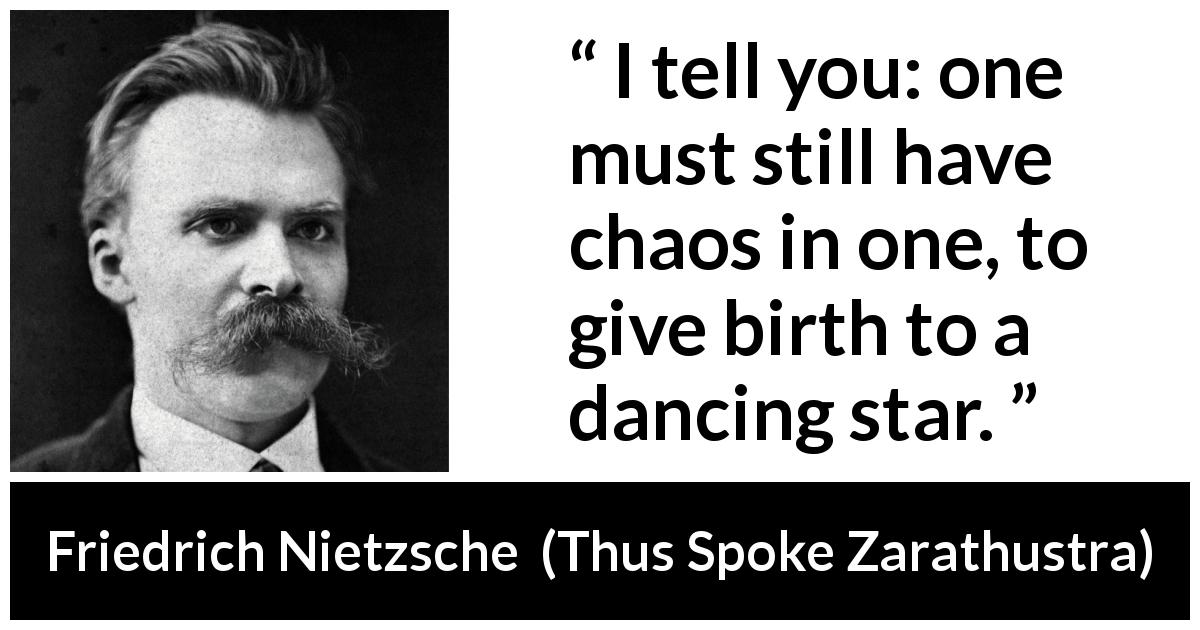

An excerpt from the original German is presented below together with additional English renderings. The translation above was created by Princeton University Professor of Philosophy Walter Kaufmann in 1954.


QI conjectures that the saying under analysis evolved from Nietzsche’s words. “This is my way where is yours?”-thus I answered those who asked me “the way.” For the way-that does not exist. That, however, is my taste-not good, not bad, but my taste of which I am no longer ashamed and which I have no wish to hide. Zarathustra continued his commentary by signaling that his way/truth might be different from the way/truth of the reader:Ī trying and questioning was my every move and verily, one must also learn to answer such questioning. I preferred to question and try out the ways themselves. And it was only reluctantly that I ever inquired about the way: that always offended my taste. Boldface added to excerpts by QI: 1976 (19 Copyright), The Portable Nietzsche by Friedrich Nietzsche, Translation by Walter Kaufmann (Princeton University), Thus Spoke Zarathustra: Third Part, Quote, The Viking … Continue readingīy many ways, in many ways, I reached my truth: it was not on one ladder that I climbed to the height where my eye roams over my distance. The third part of the Nietzsche’s book contained a passage in which the character Zarathustra discussed his pursuit of truth. Zarathustra was an important religious figure, but Nietzsche constructed his own fictional didactic version of the prophet.

Quote Investigator: Between 18 Friedrich Nietzsche published “Also sprach Zarathustra: Ein Buch für Alle und Keinen” (“Thus Spoke Zarathustra: A Book for All and None”). The German philosopher Friedrich Nietzsche has received credit for this comment.


 0 kommentar(er)
0 kommentar(er)
